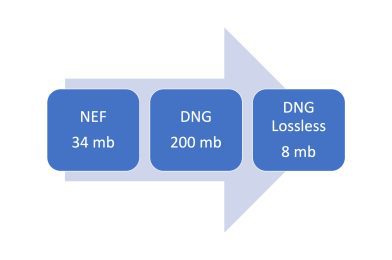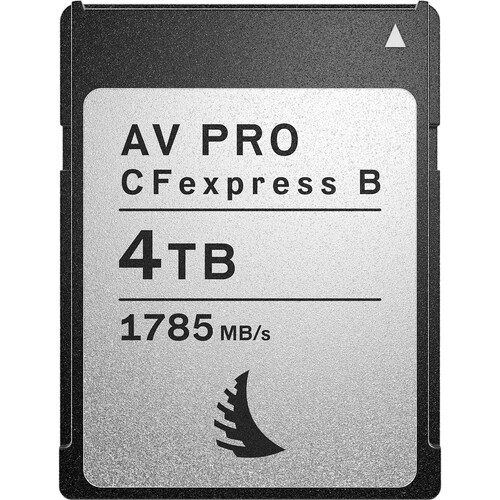Georgia Aquarium. The photo is processed with Lightroom using the new Denoise tool. [NIKON Z 9, NIKKOR Z 14-30mm f/4 S, Mode = Aperture Priority, ISO 20000, 1/250, ƒ/4, (35mm = 17)]
As an event photographer, you must be prepared for anything that may come your way. From outdoor sunlight to a meeting room with a projector and all the lights down, you must be ready to capture the moment in any lighting condition. This past week, I had an event that took me to the Georgia Aquarium, where many locations were “NO FLASH ALLOWED” areas but were dark. It was a challenging but exciting experience that required me to be on my toes throughout the event.

One of the most significant challenges I faced during the event was the funky color lighting from room to room. The stage lighting wasn’t typical Daylight, Tungsten, or Fluorescent color, but it gave me 6287º Kelvin with +39 Magenta with Daylight LED screens projecting the speakers and their powerpoints. This required me to constantly adjust my camera’s white balance to achieve the correct colors in each shot.
Additionally, there were areas where “NO FLASH ALLOWED” signs were posted, which meant I had to rely on ambient lighting to capture the shots. The dark environment made it challenging, but I could capture some stunning images with the correct camera settings.

To add to the challenges, there were rooms where the lights were dimmed entirely, and the only light source was from the projector on the screen. As a result, I had to use my flash to light up the speakers and their surroundings, which required me to adjust the settings on my camera and coordinate it to match the ambient lighting.
Another challenge was the outdoor sunlight. So I am shooting from ISO 64 to ISO 25600 and having to use flash at times to help with overhead lighting of the sun and canned room lights.

As an event photographer, you must be prepared for anything coming your way. From funky color lighting to dark environments, “NO FLASH ALLOWED” areas, and direct sunlight, you must be ready to adapt to any lighting condition. You must also be quick on your feet, adjust your camera settings, and use the right equipment to capture the perfect shot. It’s a challenging yet exciting job that requires patience, skill, and creativity.































